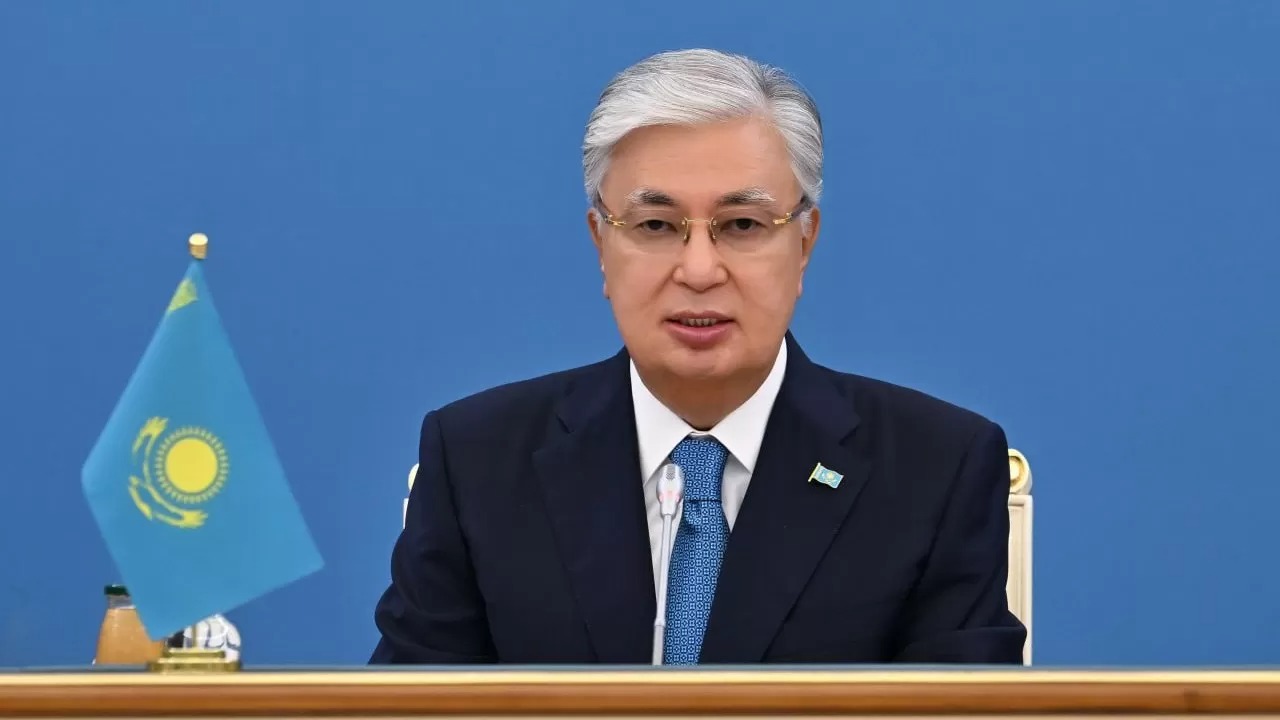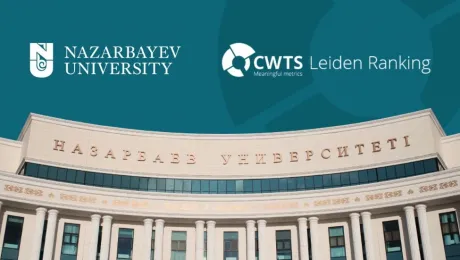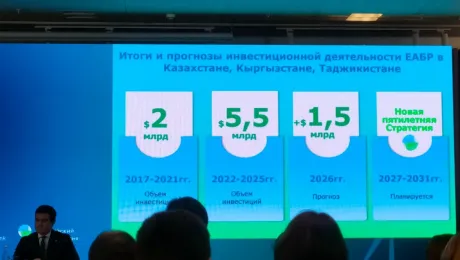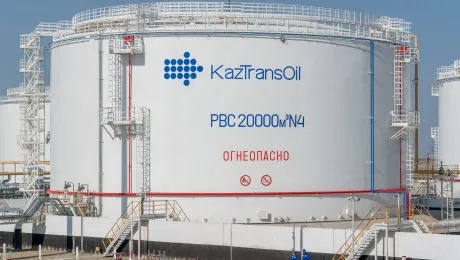356598

Reading now
-
US Suspends Green Card Lottery: What Happened 14267

-
Nazarbayev University Recognized as Central Asia’s Leader in the 2025 Leiden Ranking 13156

-
The EDB presented Its macroeconomic forecast for 2026–2028 10637

-
KazTransOil Boosts Regional Oil Transit 10329

-
Aida Balayeva: Mandatory Health Insurance Enters a New Level in 2026 8459











